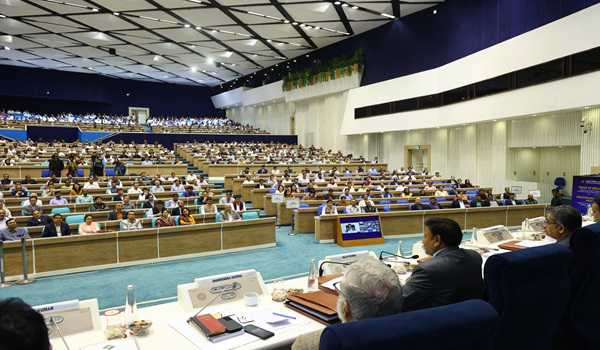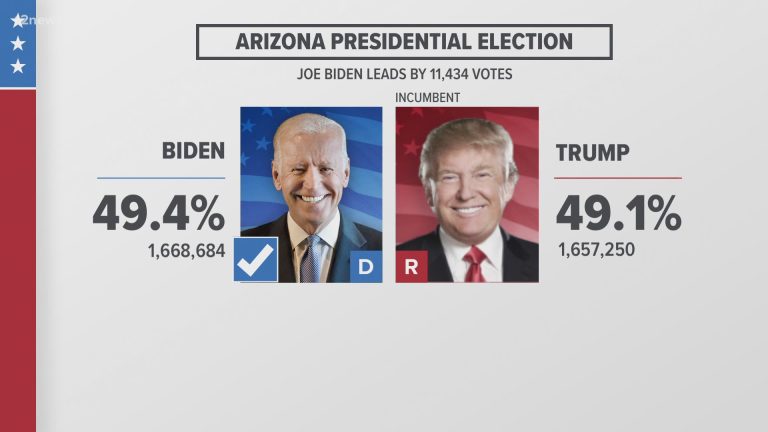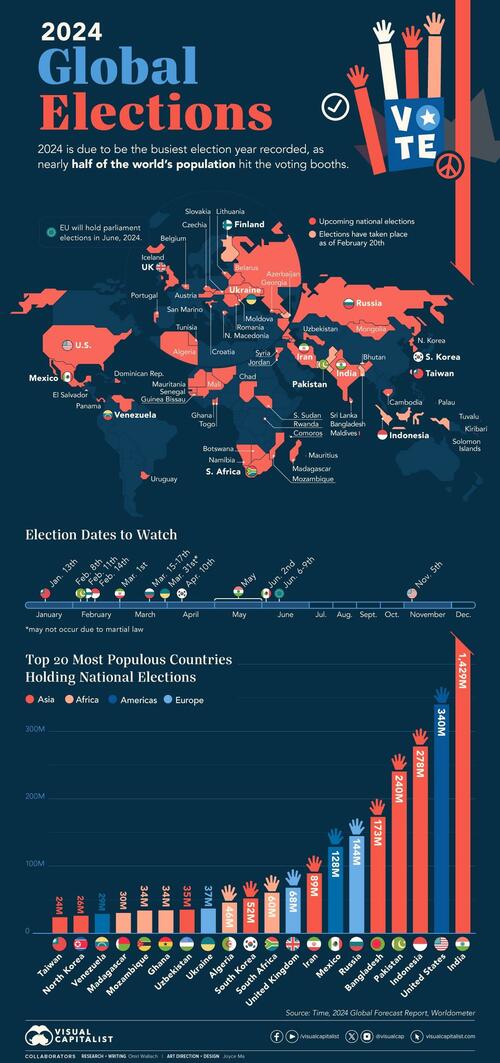
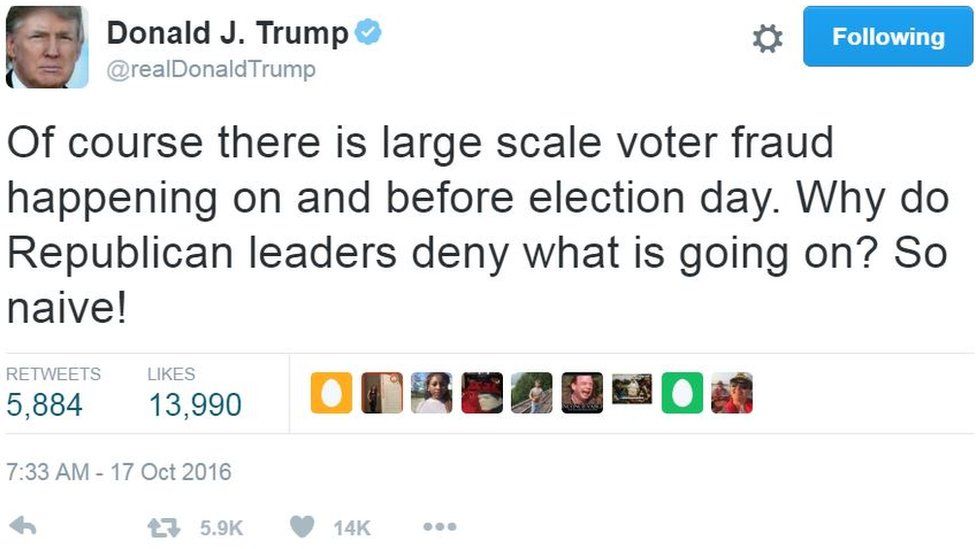
Rigged Election: 7 Ways They’re Stealing Your Vote (Again!)
The very foundation of a democracy rests on the sanctity of the ballot box. Yet, whispers – and sometimes shouts – of election rigging persist, casting a shadow over the democratic process. While outright fraud is rare, subtle manipulations and systemic weaknesses can significantly impact election outcomes, effectively stealing votes without leaving blatant fingerprints. This article explores seven insidious ways your vote might be undermined, not to sow discord, but to foster informed participation and demand electoral integrity.
1. Gerrymandering: The Art of the Unfair Map
Gerrymandering, the practice of manipulating electoral district boundaries to favor a particular party or group, is a classic example of vote manipulation. By strategically carving out districts, one party can secure a disproportionate number of seats, even with a smaller overall share of the vote. Imagine a snake slithering across a map, deliberately encompassing pockets of voters to dilute the opposition’s strength. That’s gerrymandering in action. This isn’t about individual votes being “stolen” in the act of casting them, but about systemic manipulation before the votes are even cast.
2. Voter Suppression: Keeping Eligible Voters Away
Voter suppression tactics employ various methods to discourage or prevent eligible citizens from voting. This can range from restrictive voter ID laws disproportionately impacting specific demographics to strategically closing polling stations in certain areas, creating longer wait times and discouraging participation. The effect? A smaller pool of voters, potentially skewing results in favor of the party implementing these restrictive measures.
| Method | Impact |
|---|---|
| Restrictive IDs | Disenfranchises specific demographics |
| Polling Place Closure | Increased wait times, reduced turnout |
| Purging Voter Rolls | Removes eligible voters from lists |
3. Dark Money: The Shadowy Hand of Undisclosed Funding
Unidentified sources of campaign financing, often referred to as “dark money,” cloud the transparency of elections. This untraceable funding can be used to influence voter opinion through sophisticated advertising campaigns, often employing misleading or manipulative tactics that go largely unscrutinized. The lack of transparency makes it difficult to determine the true intent and impact of these expenditures.
4. Malfunctioning Voting Machines: A Glitch in the System
While not always deliberate, malfunctions in voting machines can lead to inaccurate vote counts. Older machines, particularly those lacking paper trails, are susceptible to errors and potential manipulation. This raises concerns about the reliability of the process and the accuracy of the final results. A seemingly small malfunction can have disproportionate consequences in close elections.
5. Cyberattacks: The Digital Threat to Democracy
The increasing reliance on digital technologies in elections has created new vulnerabilities. Cyberattacks targeting voter registration databases, voting machines, or even election results reporting systems could significantly alter election outcomes. These attacks can range from sophisticated hacking attempts to simple denial-of-service attacks that disrupt voting access.
6. Disinformation and Misinformation: The War on Truth
The spread of false or misleading information, often amplified through social media platforms, can sway public opinion and discourage voting. Targeted disinformation campaigns can sow distrust in the electoral process, leading to voter apathy or even suppression. The challenge lies in identifying and combating these narratives before they undermine the integrity of the election.
7. Intimidation and Harassment: The Chilling Effect
Voter intimidation, ranging from subtle coercion to overt threats, discourages participation and undermines the democratic process. Such tactics create an atmosphere of fear, preventing individuals from freely exercising their right to vote. This is a direct assault on the freedom and fairness of the election.
The fight for electoral integrity is an ongoing one. Understanding these seven ways your vote might be undermined is the first step towards ensuring free, fair, and transparent elections for all. Vigilance, participation, and a demand for transparency are crucial to safeguarding the future of democracy.
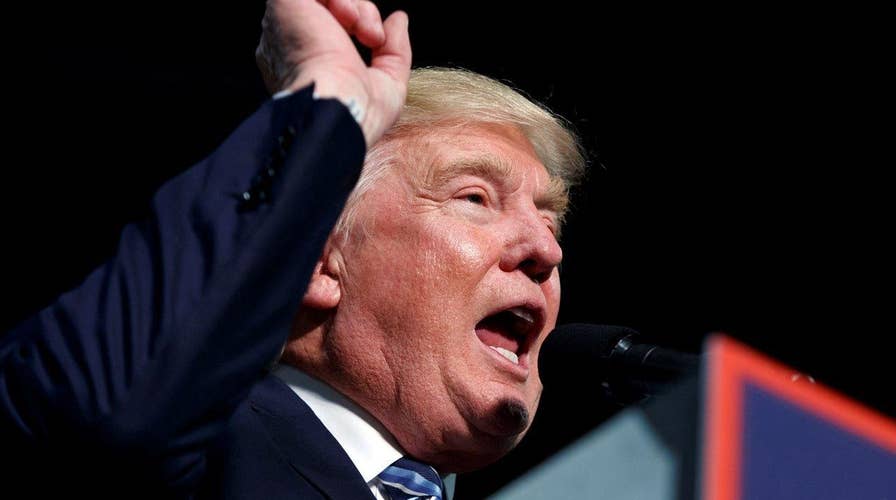
Additional Information
The title “Rigged Election: 7 Ways They’re Stealing Your Vote (Again!)” immediately raises concerns about the integrity of electoral processes. However, a professional analysis requires moving beyond sensationalist claims and examining the specifics of each alleged method. Without knowing the exact “7 ways” presented in the original article, I can offer a detailed analysis of common methods used to potentially undermine elections, categorized for clarity. This analysis will focus on the mechanisms, their impact, and evidence supporting (or refuting) their efficacy.
I. Voter Suppression: This is not about direct manipulation of ballots, but rather making it harder for certain demographics to vote.
- Methods: Restrictive voter ID laws (requiring specific, often costly, forms of identification disproportionately affecting low-income and minority voters), gerrymandering (manipulating electoral district boundaries to favor one party), purging voter rolls (removing eligible voters, often through inaccurate or discriminatory practices), reduced polling places (especially in areas with higher minority populations), and limited early voting opportunities.
- Analysis: The impact is statistically demonstrable. Studies have shown that stricter voter ID laws reduce turnout, particularly among minority groups. The effects of gerrymandering are also subject to extensive legal and statistical analysis, frequently employing metrics like the efficiency gap to measure partisan bias. Cases like Shelby County v. Holder (2013) highlight the legal battles surrounding voter suppression tactics.
- Examples: North Carolina’s 2013 voter ID law was found to be discriminatory by a federal court, illustrating the legal challenges to such legislation. The ongoing debate over gerrymandering showcases the complexities of establishing objective metrics for fairness.
II. Manipulation of Voting Machines: This category concerns the physical hardware and software used in elections.
- Methods: Malfunctioning machines, compromised software (allowing vote alteration or tally manipulation), lack of paper trails (making audits difficult or impossible), and inadequate security protocols.
- Analysis: The vulnerability of voting machines is a significant concern. Instances of malfunctioning machines leading to delayed results or recount demands are common. The lack of a paper trail hinders verification, increasing the risk of undetected fraud. While widespread, systematic manipulation is less common, isolated incidents raise serious questions about security.
- Examples: The 2000 Florida recount highlighted the problems of unreliable voting machines and the lack of a standardized paper trail. Reports of software glitches in various elections also demonstrate the vulnerability of electronic systems.
III. Campaign Finance Irregularities: While not directly manipulating votes, this significantly influences the electoral landscape.
- Methods: Illegal donations, undisclosed “dark money” contributions, and the exploitation of loopholes in campaign finance laws.
- Analysis: Large sums of unregulated money can skew the playing field, allowing wealthy individuals or groups to exert undue influence on candidates and campaigns. This can indirectly affect voters’ choices by limiting exposure to certain candidates or viewpoints.
- Examples: The Citizens United Supreme Court case (2010) significantly altered campaign finance regulations, leading to increased spending by Super PACs and other independent groups.
IV. Disinformation and Misinformation Campaigns: Spreading false or misleading information can affect voter behavior.
- Methods: The use of social media and other platforms to spread propaganda, fake news, and conspiracy theories about election integrity.
- Analysis: This is a rapidly evolving challenge. The spread of disinformation can create distrust in the electoral process, discourage voting, and influence voters’ choices based on false premises. The impact is difficult to quantify precisely but demonstrably significant in shaping public opinion.
- Examples: The interference in the 2016 US Presidential election, documented by intelligence agencies, is a stark example of foreign actors using disinformation to influence voters.
V. Intimidation and Harassment of Voters: This directly affects voter participation.
- Methods: Voter intimidation at polling places, threats of violence or legal action against voters, and the spreading of fear to discourage participation.
- Analysis: This undermines the right to vote freely and without fear. Even subtle forms of intimidation can deter voters, especially those from marginalized communities.
- Examples: Reports of armed individuals patrolling polling places in some US elections raise concerns about voter intimidation.
This expanded analysis provides a deeper, more nuanced understanding of the potential threats to election integrity. It’s crucial to remember that each of these methods operates within a complex legal and political framework, and addressing them requires a multi-faceted approach involving legislative action, technological improvements, enhanced security measures, media literacy initiatives, and increased civic engagement. Attributing specific instances of election “rigging” requires strong evidence and rigorous investigation, avoiding generalizations and sensationalized claims.

